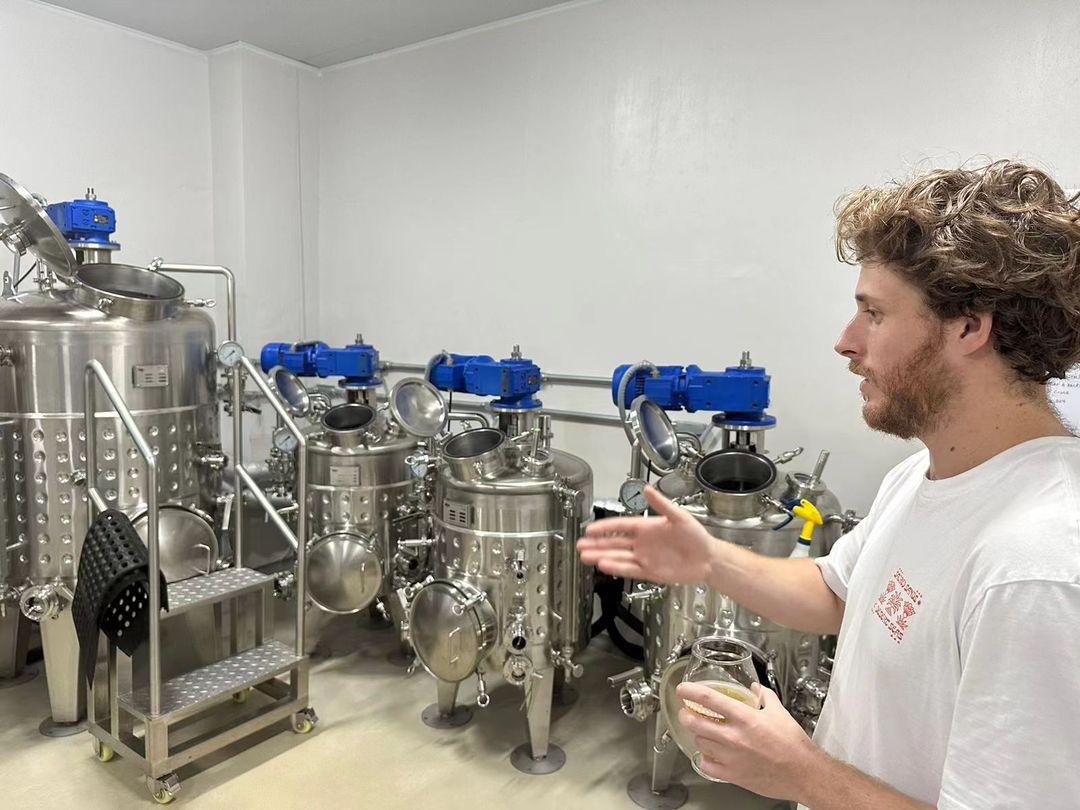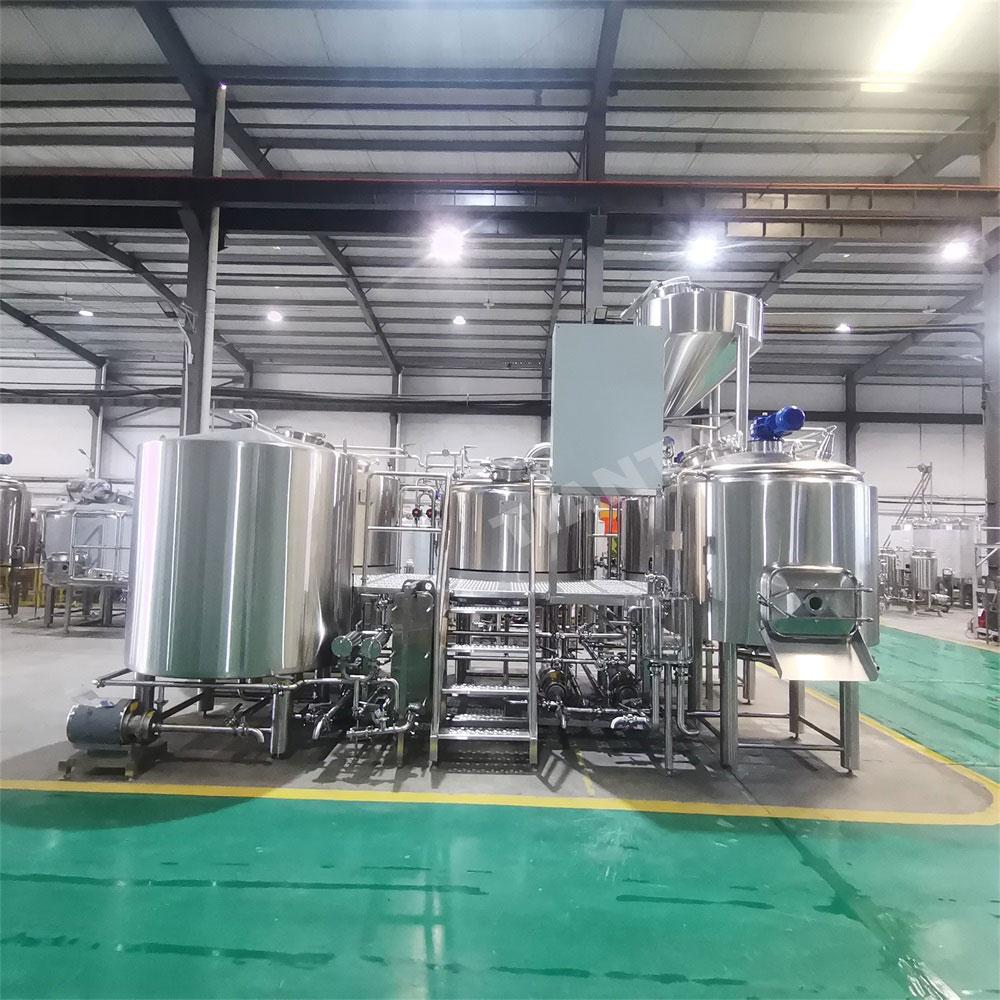
Designing a coffee fermentation tank requires careful consideration of various factors to ensure optimal fermentation conditions, hygiene, and ease of use. Here are some key design points to consider:
Material and Construction
Stainless Steel: Use food-grade stainless steel (e.g., 304 or 316) for durability, corrosion resistance, and ease of cleaning.
Seamless Construction: Ensure tanks have seamless welding to prevent contamination and make cleaning easier.
Insulation: Consider double-walled construction with insulation to maintain consistent temperatures.
Size and Capacity
Volume: Design tanks in various sizes to accommodate different batch sizes, typically ranging from small (100-500L) to large (1000-5000L) capacities.
Scalability: Allow for modular designs so that additional tanks can be added easily as production scales up.
Shape and Design
Conical Bottom: Include a conical bottom to facilitate easy removal of coffee mucilage and other sediments.
Smooth Interior: Ensure a smooth interior surface to prevent the buildup of residues and facilitate thorough cleaning.
Sloped Bottom: Incorporate a slight slope in the bottom design to aid in complete drainage.
Temperature Control
Cooling Jacket: Integrate a cooling jacket or internal coils for precise temperature control during fermentation.
Thermocouples: Include thermocouples or temperature probes to monitor and maintain the desired fermentation temperature.
Temperature Controller: Provide an external temperature controller with programmable settings for automated temperature management.
Aeration and Mixing
Aeration Ports: Add aeration ports to introduce oxygen when needed to enhance the fermentation process.
Agitators: Consider incorporating gentle agitators or mixing paddles to ensure even fermentation and prevent stratification.
Hygiene and Cleaning
CIP (Clean-In-Place) System: Design the tank to be compatible with CIP systems for efficient and thorough cleaning without disassembly.
Drain Valves: Include strategically placed drain valves for complete drainage and easy cleaning.
Accessibility and Operation
Manways and Access Ports: Provide large manways and access ports for easy inspection, sampling, and manual cleaning.
Viewing Ports: Include viewing ports with glass windows to monitor the fermentation process without opening the tank.
Sampling Valves: Install sampling valves for easy collection of samples during the fermentation process.
Safety Features
Pressure Relief Valves: Equip tanks with pressure relief valves to prevent over-pressurization.
Safety Guards: Add safety guards and shields to protect operators from moving parts like agitators.
Additional Considerations
Documentation and Traceability: Ensure the tank design includes space for documentation and traceability systems to monitor batch progress and maintain records.
Mobility: For smaller tanks, consider adding wheels or casters for easy mobility and repositioning within the facility.
By incorporating these design points, you can create an efficient, hygienic, and user-friendly coffee fermentation tank that supports high-quality coffee production.
Tiantai Brewtech can provide you various Coffee fermentation tank, feel free to contact us for a quote.
Welcome your inquiry.
Helen Lee
Contact email:[email protected]


.jpg)




Get In Touch